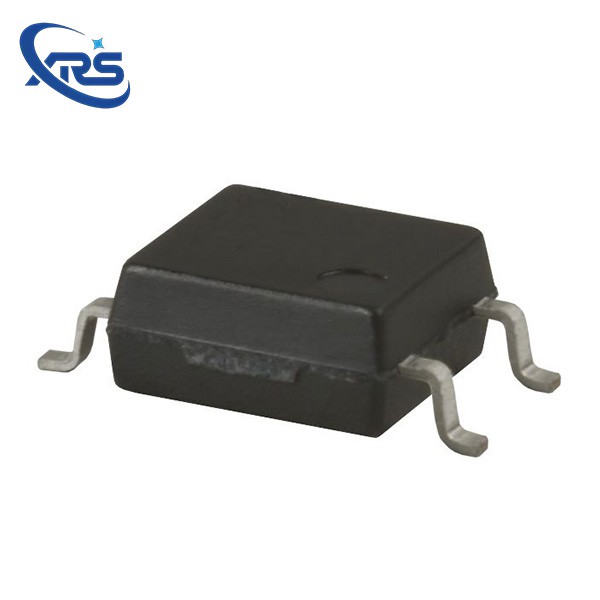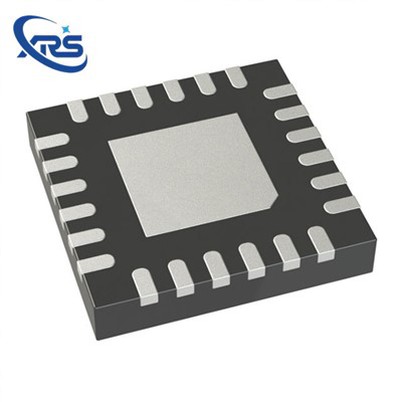Can a DPST SSR be used in a solar power system?
Leave a message
Hey there! As a supplier of DPST (Double Pole, Single Throw) Solid State Relays (SSR), I often get asked if these nifty devices can be used in solar power systems. Well, let's dig into this topic and find out.
First off, let's quickly go over what a DPST SSR is. A DPST SSR is an electronic switch that can control two separate circuits simultaneously. Unlike traditional electromechanical relays, SSRs have no moving parts, which makes them more reliable, faster in operation, and quieter. They use semiconductor devices to perform the switching function, and they're great for applications where you need to control high - power loads with a low - power signal.
Now, let's talk about solar power systems. Solar power systems are all about converting sunlight into electricity. They typically consist of solar panels, a charge controller, a battery bank, and an inverter. The solar panels capture sunlight and convert it into DC (Direct Current) electricity. The charge controller manages the charging of the battery bank, preventing over - charging and over - discharging. The battery bank stores the electrical energy, and the inverter converts the DC electricity from the batteries into AC (Alternating Current) electricity, which can be used to power household appliances and other devices.
So, can a DPST SSR be used in a solar power system? The answer is a resounding yes! There are several ways in which DPST SSRs can be beneficial in a solar power setup.
1. Load Switching
One of the main applications of a DPST SSR in a solar power system is load switching. In a solar setup, you might have multiple loads that you want to control independently or simultaneously. For example, you could have a set of lights and a small fan that you want to turn on and off based on the availability of solar power. A DPST SSR can easily handle this task. It can switch both the light circuit and the fan circuit at the same time, or it can be configured to switch them independently. This gives you more flexibility in managing your power consumption.
2. Isolation
Another important aspect of a solar power system is isolation. Isolation helps protect the sensitive components of the system from electrical interference and surges. DPST SSRs provide excellent electrical isolation between the control circuit and the load circuit. This means that any electrical noise or spikes in the control signal won't be transferred to the load, and vice versa. This is crucial for the long - term reliability of the solar power system.
3. Fast Switching
Solar power is a dynamic energy source. The amount of power generated by the solar panels can vary depending on the time of day, weather conditions, and the angle of the sun. DPST SSRs can switch on and off very quickly, which is ideal for adapting to these changes in power generation. For example, if there's a sudden cloud cover that reduces the power output of the solar panels, the SSR can quickly disconnect non - essential loads to prevent the battery bank from discharging too quickly.
4. Low Power Consumption
In a solar power system, every bit of power counts. DPST SSRs consume very little power in the control circuit. This means that they won't draw a significant amount of power from the battery bank or the solar panels themselves. So, you can use them to control your loads without worrying about wasting precious solar energy.
Let's take a look at some specific models of DPST SSRs that could be used in a solar power system. The AQY280SX is a great option. It has a high - current rating and excellent isolation characteristics, making it suitable for switching medium - to high - power loads in a solar setup. Another option is the CPC1017NTR, which is known for its fast switching speed and low power consumption.
Now, you might be wondering how a DPST SSR compares to other types of relays, like the SPST Reed Relay. While SPST Reed Relays can also be used in solar power systems, they have some limitations. Reed relays have moving parts, which means they're more prone to wear and tear over time. They also have a slower switching speed compared to SSRs. Additionally, reed relays may not provide as good of an electrical isolation as DPST SSRs.


When choosing a DPST SSR for your solar power system, there are a few things you need to consider. First, you need to look at the voltage and current ratings of the SSR. Make sure that the SSR can handle the voltage and current requirements of your load. You also need to consider the switching speed, isolation characteristics, and the operating temperature range of the SSR.
In conclusion, DPST SSRs are a great addition to any solar power system. They offer load - switching flexibility, excellent isolation, fast switching, and low power consumption. Whether you're building a small off - grid solar setup or a large - scale solar power plant, a DPST SSR can help you manage your power more efficiently.
If you're interested in using DPST SSRs in your solar power system, I'd love to have a chat with you. We can discuss your specific requirements and find the best solution for your project. Don't hesitate to reach out for more in - depth information and to start the procurement process.
References
- Solar Power Systems: Principles, Design, and Installation by John Wiles, et al.
- Solid State Relays: Theory and Applications by Robert A. Pease.






